
A Walgreens of classical style in 2013, after update of original building, shown below.
A few days ago some interesting photographs landed in my email inbox as part of an online discussion of big-box retail and its design, a subject near and dear to my heart, as I have watched the evolution of suburban retail strips on Mineral Spring Avenue (Route 15), in North Providence, R.I., and on Bald Hill Road (Route 2) in Warwick, R.I. They both have grown more traditional in appearance over time. But these photos were of commercial buildings in New Orleans (a before-and-after) and Madison, Miss.
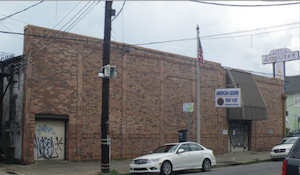
The one on top is the after, the before being the one to the left. If this were half a century ago, near the outset of suburban sprawl, before and after would be reversed, with the lovely ornate Walgreens demolished to make way for the blank-wall building. The Walgreens is much more recent, fortunately, from 2013. The enlightened property owner is Stirling Properties – ironic, since the Brits recently handed out their latest Stirling Prize, which is, I think, often mistaken over there for the Carbuncle Cup. The architect of the Walgreens renovation was Michael Rouchell, of New Orleans, a founder of the Louisiana chapter of the Institute of Classical Architecture & Art.
Beautiful as is Rouchell’s work on the drug store, an even more remarkable phenomenon is on display in the photos at the end of this post.

Madison’s Mayor Butler
What is remarkable about these new big-box stores in Madison, Miss., is not the quality of their design but that they are, collectively, the inspiration of Madison’s mayor since 1981, Mary Hawkins Butler. I’m not at all familiar with her technique, but for years she has insisted that big-box retail hoping to move into this suburb of Jackson, the state capital, use classical styles for their design. The quality of that design may be relatively low but is still superior to what usually suffices for retail strip architecture. The five examples below are all original buildings, and I can imagine that getting the corporate design czars to budge off their barfitecture must have been akin to pulling teeth.
These stores violate many classical principles, above all that of hierarchy – meaning that a building on a commercial strip should not try to look as if it is a state capitol or a major bank headquarters (as such civic and commercial buildings were once conventionally conceived). The building atop the photos at bottom (not at left below) does the best job of violating hierarchy, and in its design far outstrips the four below it in reaching toward the upper levels of “bad trad.” (In fact, isn’t it really rather nice?) The four below it display major flaws in proportion, detailing and other aspects of classicism.

Typical big-box store design. (gmtoday.com)
And yet those who enter stores like the Kroger, Sam’s Club, Taco Bell, Office Depot and Lowe’s shown at the bottom must feel, as they enter, slightly elevated, and they probably feel the difference even if they do not necessarily notice it. And if they have just departed a store (left) that does not think it should try to look beautiful, the difference might strike them as more than slightly elevated. In the confusion of factors that cause momentary happiness in human beings, a more beautiful big-box store can only help.
The point here is that by pressuring corporate design apparatchiks to up their game before they enter the Madison retail market, Mayor Butler has improved the quality of life in her community. She has rejected today’s conventions in architecture. Good for her. Maybe she has read Making Dystopia, by James Stevens Curl, which tracks the sordid and dishonest history of modern architecture. Other mayors, governors, town, city and state officials and civic leaders should follow suit – that is, show a similarly rebellious spirit (They should read the book, too, which is here.)
Developers are more interested in having local government on their side than they are in scoring points with local design elites. Communities should take advantage of that. In some places, like Providence, conventional wisdom in architecture flies in the face of local historical character, undermining the efforts of civic leaders to effectively brand their cities and towns. That is just ridiculous, and so easy to stop.
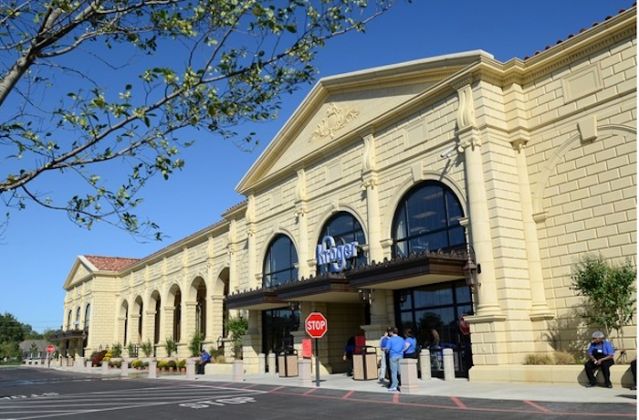

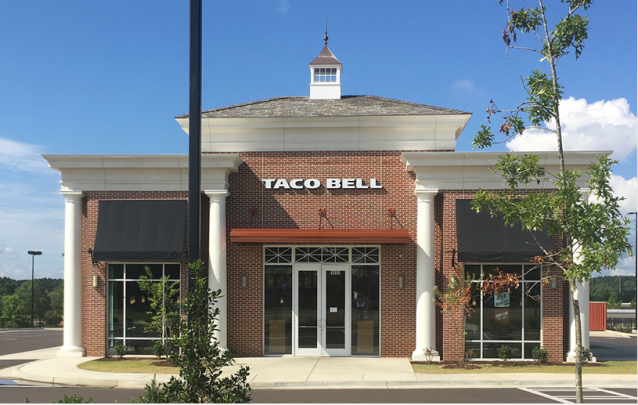
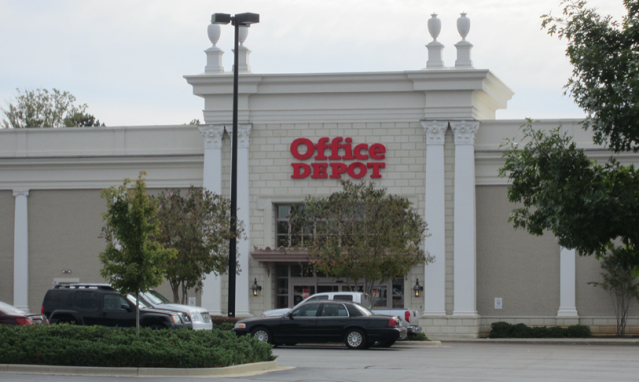
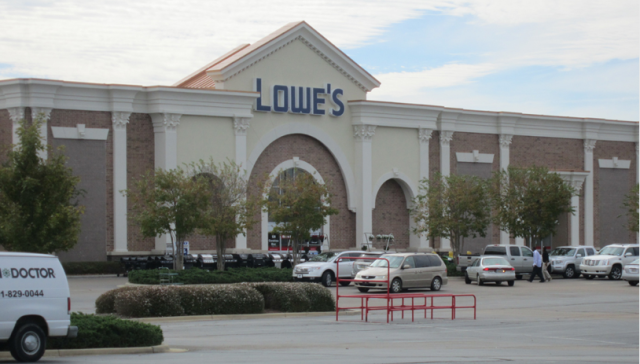



Thanks David. Always very interesting. It is such a challenge to create good, let alone great architecture in a bad suburban strip setting. What do we do? Certainly, trying to create good, semi-traditional answer is often the best route. But there is a big risk of schmaltz and phoniness. The Kroger’s building above is quite handsome. I can’t tell the setting and materials exactly but assume the materials are pretty skin deep, and it is fronted by a big parking lot. But many great buildings, even historic ones, are in compromised settings. They can still elevate the setting and make a statement of grandeur for themselves. The Krogers seems to work. The building greets the broad expanse of parking and a grocery store is a pretty elevated undertaking. The urns on the Office Depot become comical. The Taco Bell is pretty well rendered but does it become comical, even in restraints, simply by the use?
LikeLike
Yes, the Kroger seems to be to be the most expertly rendered of the traditional big-box stores pictured below the text. My relatively vague notions of architectural detailing inform me that the scrolls on its architrave are, shall we says, rare. You are probably right about the thinness of the materials and you are certainly right that well-designed buildings do not diminish but are diminished by poor settings such as a front parking lot – but not so much as to be unworthy of their existence. As I noted to Ahoops below, who was involved in their erection, these efforts to beautiful otherwise boxy, tedious architecture are to be applauded not, as is often the case even from trads, belittled. Bad trad is not a worse enemy to the classical revival than modern architecture. That is one of the most regressive ideas in the recent history of architecture.
LikeLike
Madison has done an amazing job! In developing your downtown, here are a few suggestions to emulate: the square and the grove (public spaces) in Oxford, the live oaks that define downtown Ocean Springs, and for architecture check out the exquisite Gamla Stan which is the historic center of Stockholm, Sweden. If you can build in some kind of riverwalk feature (somehow!), and include plenty of residential units to make it an authentic neighborhood, Madison will have its crown jewel.
LikeLike
I call it realistic traditionalism in an age of bad modernism! The alternative leaves me more than disquieted. We push hard to get what we have. It isn’t perfect. The apparatchiks as you call them don’t even speak the same language that we do. As the Director of Environment & Design for the City of Madison I would welcome constructive criticism but I would also appreciate a pat on the back for doing something different. Our Mayor is like no other. And yes this is a suburb. We can’t help that.
We are working on creating an urban town center. Wish us luck!
LikeLike
I apologize for being so late in getting back to you, Ahoops. I do indeed wish you luck in your effort to create an urban town center in Madison. And I hope you mistake my meaning a little bit (understandable, perhaps) in thinking that I have not given you a pat on the back for your effort to classicize big box retail there. I love it, I really do. Sometimes I aim my columns too much at the TradArch list professionals who pay close attention to the particulars of design rather than at the public, which, in my opinion, displays an intuitive design intelligence far superior to that of the design elites. Why would anyone expect otherwise? The elites have had their natural respect for beauty purged by their time in architecture school. I hope you will read the post again and see that I am nodding my head in approval at your town’s willingness to cater to the public tastes rather than those of the idiotic design elites. You have done a fine job, and I am not just patting you on the back but singing hosannas to your determination to make Madison a great place to live. Please give my solicitations, and holiday greetings, to your boss!
LikeLike
I have seen the Madison buildings … in the flesh. And I must say I found them disquieting. To bring back an expression that got overworked a few years back, they perfectly capture the saying “Like putting lipstick on a pig.” In this instance, of course, the pig is suburban sprawl. There is something heartbreaking about architecture trying so hard to create urbanity without urbanism. Alas, we all know to where good intentions pave the way. The Copy Book Gods have spoken (Rudyard Kipling).
LikeLike
I agree, Milton. Those buildings in Madison are disquieting. What’s worse than “bad trad,” however, is “good” modernism. At least the folks who perpetrate bad trad have shown that they might someday be amenable to good urbanism. Under any modernist regime, that simply will never happen.
LikeLike